Polycystic Ovary Syndrome (PCOS) affects millions of women worldwide, influencing not just reproductive health but also metabolic function, emotional well-being, and physical mobility. One of the most effective, non-pharmaceutical tools for managing PCOS is regular exercise—particularly cardiovascular training. But when it comes to choosing between High-Intensity Interval Training (HIIT) and steady-state cardio, which one truly supports improved mobility and mental health?
Let’s explore both options, compare their benefits, and help you build a sustainable, measurable routine designed specifically for PCOS management.
HIIT involves short bursts of intense effort—like sprinting or jumping jacks—followed by brief recovery periods. A typical session lasts 15–30 minutes and can burn significant calories in a short time. According to Healthline and Men’s Health, HIIT enhances cardiovascular health, boosts metabolism, and improves insulin sensitivity—all crucial for PCOS.
Steady-state cardio, on the other hand, involves maintaining a consistent, moderate pace—like brisk walking, cycling, or swimming—for 30–60 minutes. Often referred to as LISS (Low-Intensity Steady-State), this form of exercise is gentler on the body and nervous system, making it ideal for those managing stress or hormonal imbalances.
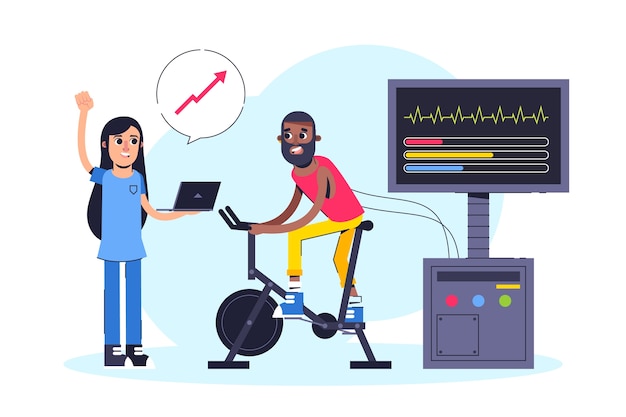
Mobility—the ability to move freely and without pain—is often compromised in women with PCOS due to weight gain, inflammation, and sedentary lifestyles. Both HIIT and steady-state cardio can help, but in different ways.
HIIT often includes dynamic movements—lunges, squats, jumps—that enhance joint range of motion and muscular coordination. However, if not performed with proper form or recovery, it can increase injury risk, especially in those new to exercise or carrying excess weight.
Steady-state cardio, particularly low-impact options like walking or cycling, gently lubricates joints, improves circulation, and builds endurance without excessive strain. For many with PCOS, this gradual approach leads to more consistent improvements in mobility over time.
PCOS is closely linked to anxiety, depression, and poor self-image. Exercise is a powerful mood regulator, but the type matters.
HIIT can boost endorphins and mental clarity quickly. Yahoo and Lifehacker note that it enhances focus and energy—but for some, the intensity can spike cortisol, the stress hormone, which may worsen hormonal imbalance if done too frequently.
Steady-state cardio, especially outdoors, promotes mindfulness and relaxation. The rhythmic nature of walking or cycling can have meditative effects, lowering cortisol and supporting emotional resilience. For those with anxiety or adrenal fatigue—a common issue in PCOS—this makes LISS a safer, more sustainable choice.

There’s no one-size-fits-all answer. The best approach depends on your current fitness level, symptoms, and lifestyle.
Success in PCOS management comes from consistency, not intensity. Here’s how to build a balanced routine:
Over time, you’ll notice improved joint movement, reduced fatigue, and better emotional balance—key wins in PCOS management.
While HIIT grabs headlines for its efficiency, steady-state cardio often delivers more sustainable benefits for women with PCOS—especially when mobility and mental health are priorities. The key is not choosing one over the other permanently, but listening to your body and adjusting as needed.
Start where you are. Move regularly. Measure progress beyond the scale. And remember: small, consistent steps lead to lasting change.

Wellness

Wellness

Wellness

Wellness
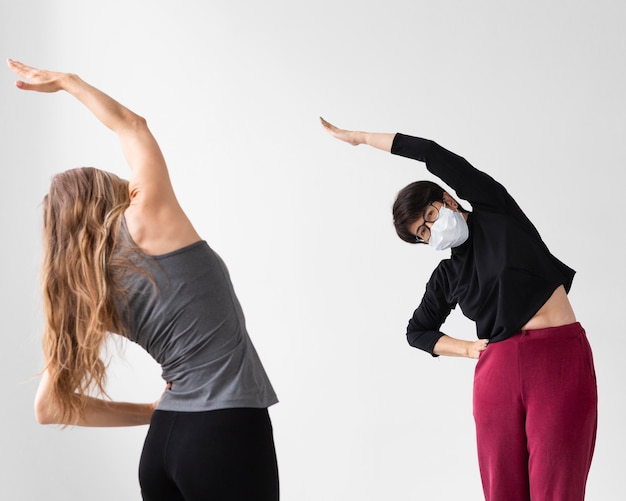
Fitness
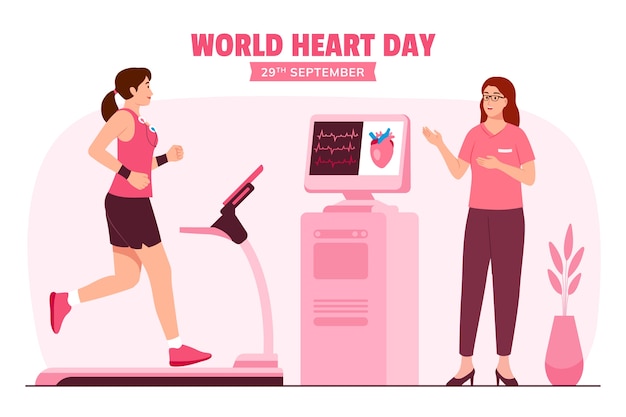
Wellness

Wellness
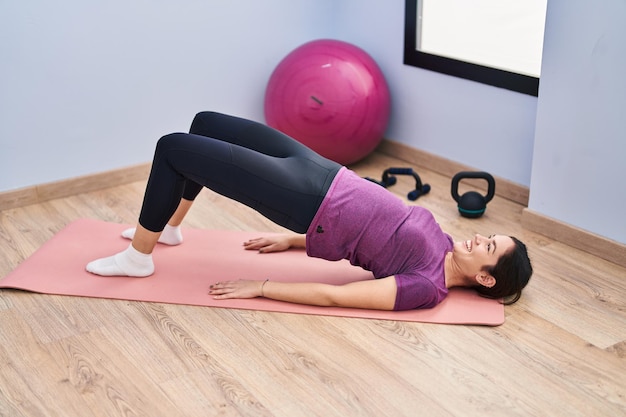
Wellness
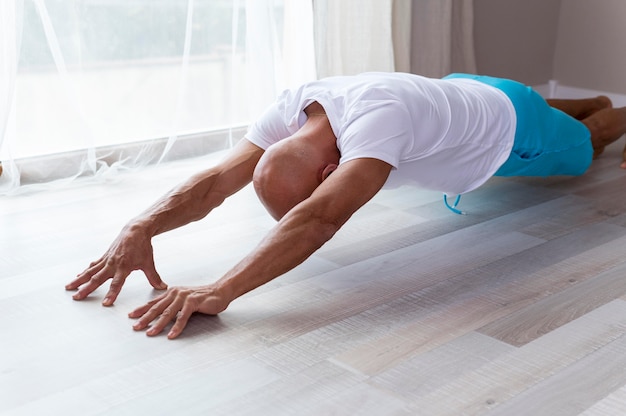
Wellness
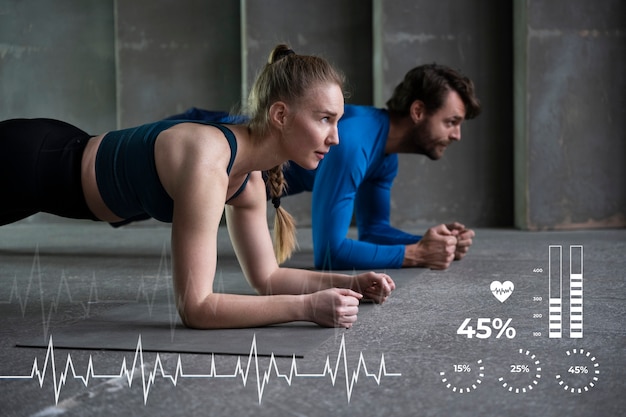
Fitness

Fitness

Fitness

Health

Fitness

Health

Health